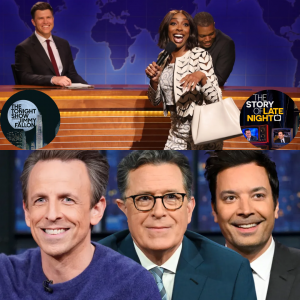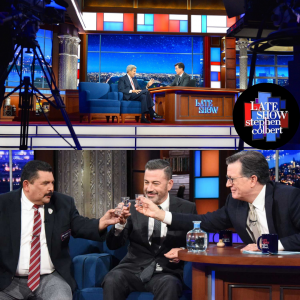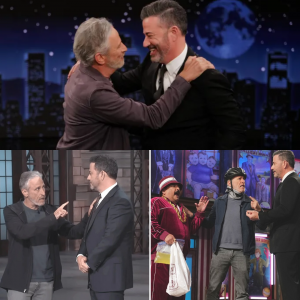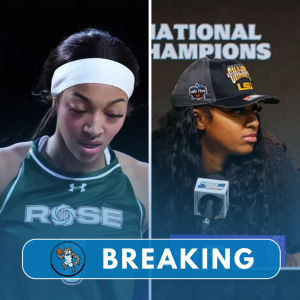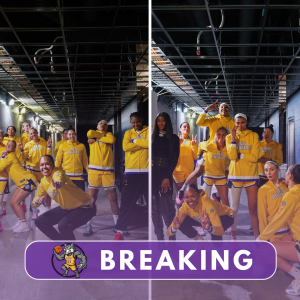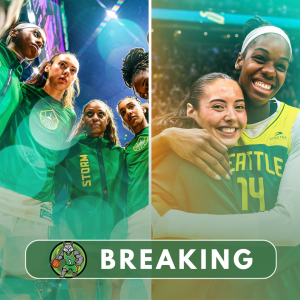For millions of late-night fans, the past week carried an unnerving possibility: the sudden disappearance of their favorite shows from YouTube TV. With contract negotiations between NBCUniversal and Google seemingly collapsing, subscribers braced for the blackout of NBC’s channels — and with them, the nightly laughs of The Tonight Show Starring Jimmy Fallon, Late Night with Seth Meyers, and the upcoming premiere of Saturday Night Live’s 51st season.
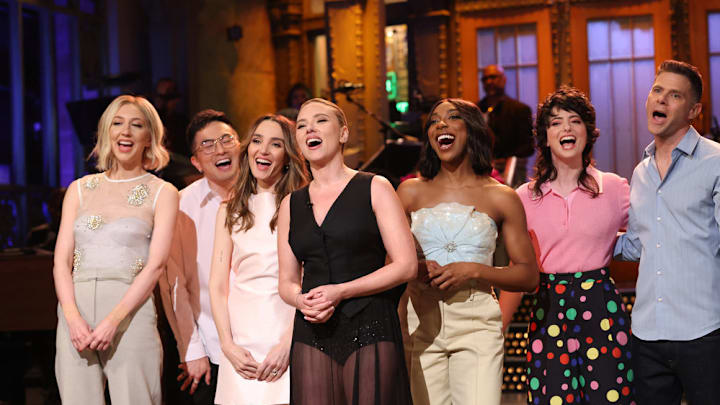
But just hours before the deadline, a short-term extension pulled the shows back from the brink. And by Thursday, NBCUniversal and Google confirmed that they had reached a new carriage deal, ensuring that NBC programming would remain available to YouTube TV’s nine million subscribers.
The crisis was averted. The question, however, is for how long.
A Deal That Almost Didn’t Happen
Carriage disputes between media companies and distributors are hardly new. But this one had particularly high stakes given YouTube TV’s growing presence in the cord-cutting era. Losing NBC channels would have meant not only missing out on sports and news, but also cutting off access to late-night television at a particularly volatile moment for the genre.
NBCUniversal initially struck a short-term deal with Google to avoid immediate disruption. That stopgap arrangement gave fans hope but little certainty. “We’ve reached a short-term extension to avoid disruption to our service while we work toward a new agreement with NBCUniversal,” YouTube TV said in a statement to Deadline. “We appreciate our subscribers’ patience while we negotiate on their behalf.”
When news of a full agreement arrived on Thursday, relief rippled through the fan base. NBC would remain on YouTube TV — at least under the terms of this new deal.
The Peacock Angle
The agreement included another twist: NBCUniversal’s streaming service Peacock will now be integrated into YouTube TV’s ecosystem, available as a Primetime Channel and through Google TV devices.
For late-night fans, that means even more access. Peacock already houses an extensive library of Saturday Night Live episodes along with archival content from The Tonight Show and Late Night. Its arrival on YouTube’s platform widens the reach of NBC’s back catalog at a moment when streamers are betting on nostalgia as much as live programming.
This dual-access strategy may prove essential to NBCUniversal as it faces increasing competition from rival platforms and the uncertainty of traditional linear broadcasting.
A Win for Fans, But a Warning Shot
The good news is clear: SNL, Fallon, and Meyers are safe on YouTube TV for now. The bad news is that the scare revealed just how fragile the late-night ecosystem has become in 2025.
In recent months, two other late-night staples were rocked not by carriage disputes, but by political fallout. CBS announced it would end The Late Show with Stephen Colbert in 2026, widely seen as a move to smooth its Paramount-Skydance merger and quiet Colbert’s relentless political critiques. Meanwhile, ABC briefly suspended Jimmy Kimmel Live! after Kimmel’s controversial remarks about Charlie Kirk, sparking a storm over free speech and network pressure.
Against that backdrop, NBC’s near-blackout on YouTube TV is a reminder that late-night programming can disappear for reasons both political and financial.
The Future of Saturday Night Live
For Saturday Night Live, the timing of the YouTube TV deal couldn’t be better. Season 51 premieres this weekend, and fans feared the show would be cut off just as it reentered the cultural conversation.

The bigger question is what kind of SNL audiences will see in its new era. With political tension running high and rivals like Colbert and Kimmel under fire for their sharp-edged commentary, does SNL stick to its roots of lampooning politicians and public figures? Or does it play it safe to avoid attracting the same controversy?
The show has weathered countless cultural shifts in its five decades, from Cold War satire to post-9/11 sketches. But in today’s hyper-fractured environment, even the most beloved comedy institutions face new scrutiny.
Fallon, Meyers, and the NBC Strategy
NBC’s other two late-night shows reflect different strategies for navigating the current moment.
Jimmy Fallon has leaned into an apolitical, bipartisan style. His monologues occasionally touch on politics, but the bread and butter of The Tonight Show remains celebrity games, viral sketches, and lighthearted banter. In a period when his competitors have taken heat for political commentary, Fallon’s “play it safe” approach may keep him out of the headlines but also limits his cultural impact.
Seth Meyers, on the other hand, continues to rely on his signature “Closer Look” segments — sharp, detailed dissections of the day’s political news. While his audience is smaller than Fallon’s, Meyers commands a loyal following who expect him to deliver incisive, often biting satire.
NBC’s ability to keep both voices on the air — one light, one biting — allows it to hedge its bets at a time when no single strategy seems secure.
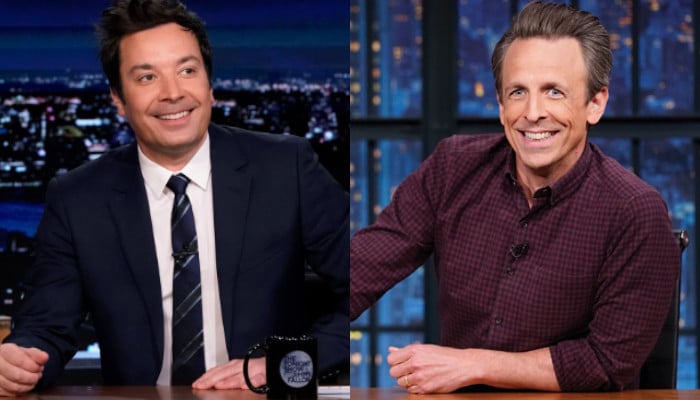
Late Night’s Shifting Terrain
The NBC-YouTube TV dispute underscores a larger truth: late-night comedy no longer exists in a stable broadcast bubble.
Where Johnny Carson once dominated a single time slot, today’s hosts compete in a fragmented marketplace where viewership is split between live broadcasts, streaming platforms, and viral clips on social media. Ratings are no longer the sole measure of success; the number of times a sketch trends on TikTok or racks up views on YouTube may matter just as much.
This makes carriage disputes more dangerous than ever. Losing access to nine million YouTube TV subscribers would have severely hampered NBC’s ability to keep its shows relevant in a crowded media environment.
What It Means for the Industry
The resolution between NBCUniversal and Google may feel like a win, but it’s also a preview of battles to come. As streaming platforms, tech giants, and legacy broadcasters fight for leverage, audiences will continue to face uncertainty about where and how they can access their favorite programs.
For NBC, the stakes go beyond late night. Losing YouTube TV distribution would have affected everything from NFL broadcasts to daytime programming. The fact that the dispute came so close to the brink signals how high tensions are running in the industry.
For fans, it’s a reminder that access to beloved shows is no longer guaranteed. Contracts, politics, and corporate mergers now loom as large over late-night comedy as punchlines do.

Closing Thoughts
For now, the sigh of relief is real. Saturday Night Live, The Tonight Show Starring Jimmy Fallon, and Late Night with Seth Meyers will remain available to YouTube TV subscribers, thanks to a last-minute deal that avoided disruption.
But the near-blackout is also a warning: in an era where streaming giants and media conglomerates battle for dominance, no show is untouchable. Whether it’s Colbert losing his platform to corporate restructuring, Kimmel facing suspension over political speech, or NBC nearly losing millions of digital viewers overnight, the late-night landscape is more precarious than ever.
As SNL enters its 51st season and NBC leans into both Fallon’s safe comedy and Meyers’ sharp satire, one thing is clear: the next big shakeup may come not from the writers’ room or the White House, but from the negotiating table.

